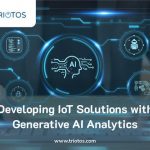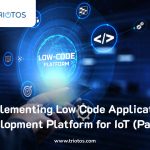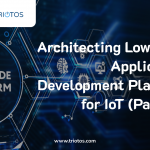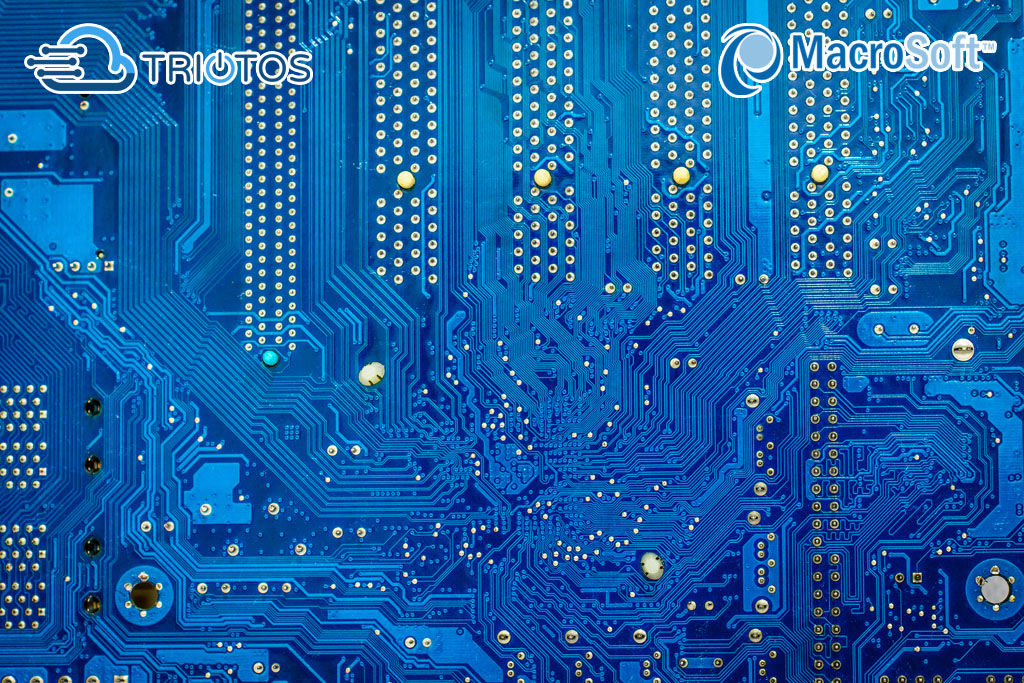
Developing products containing embedded computing can be both costly and time-consuming involving anything from selection of embedded boards to software development, integration, and testing. Connecting the product to the Internet adds further complexity in selecting, integrating, and testing the right connectivity technology. To make matters worse, the product and connectivity ‘Front End’ is only half of the engineering challenge if the goal is a complete Industrial IoT solution that requires an IoT ‘Back End’ complete with data handling, processing, applications, and ability to manage numbers of end customers using it.
The good news is that things are getting easier (and less costly) with the availability of ‘customizable solutions’ for both ‘Front End’ and ‘Back End’ development. Let us take a look:
- Front End: Embedded computing may require customized embedded boards with specific chips, interfaces, specifications, and form factors. Industries like automotive will always require highly customized solutions but there are many other industries and applications where a ‘standardized’ hardware platform can be used. Mentioning RaspberryPi as such a solution might come across as flippant. Is not RaspberryPi a plaything for Internet amateurs and enthusiasts. Turns out a lot has happened to the RaspberryPi HW & SW platform in the 10! years since it was introduced. Intended initially for hobbyists and developers it is today available in hardened versions running industrial operating systems (Ubuntu) and software like the AWS IoT Greengrass Gateway agent. With native WiFi and Ethernet for connecting to the web, add on board supports connectivities like LTE, LTEm, NB-IoT. It natively supports BLE and Bluetooth 5 for IoT Device connectivity and can be augmented with other technologies. Starting at $35 for lab version, it is hard to beat as a tool for prototyping or, yes, use as your embedded board in your product.
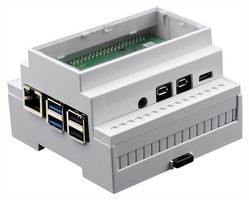
- Back End: There is no shortage of IoT platforms that support RaspberryPi as a Front End. Any web search with give you 10 or more that support this combination. The problem with all of them is while some core level integration is there, they require a substantial development effort (and knowledge) before they become a full-fledged ‘Back End’. AWS and Azure and Google Cloud have the best offering from large IoT cloud solutions but there are other solutions from specialized cloud or premise platforms. Using these platforms requires either a substantial investment in development effort or working with a systems integrator or platform integrator who has done the job. (Building a Back End solution complete with Data Handling, Data Base storage and relevant web and mobile applications takes more than 30k lines of code). The good news is that there are many companies on the market that offer this capability should you decide not to develop the Back End yourself.
With Front End and Back End selected from the technologies and suppliers above how can they be used to accelerate development of IoT Products and Applications? The answer is to select a platform partner who has already done most of the work and provides tools and support to enable you to quickly customize the solution for your needs. While some hardware integration is always needed – after all, it is your product or system that will be the Front End – the right tools will enable you to speed up your Front End development and develop Front/Back end in parallel. Here is a description of a solution Triotos supplies. It consists of:
- Data/Event Model simulation tools to simulate the real data model used in your IoT design and implementation. This allows you to simulate one of hundreds of devices delivering data to your IoT applications.
- RaspberryPi 4 with Ubuntu OS and AWS Greengrass IoT gateway agent supporting simulator data over serial port and specific HS sensors directly connected to the board. This is used for prototyping leading to full integration with your product or system.
- AWS IoT core data handling and associated storage and web/mobile applications customized for your IoT implementation available as multi-tenant or dedicated EC2 instance. This solution offers instant visibility of your data in real IoT applications.
- Customization and integration services providing you with support as well as developing exactly the application content you and your customers want. By starting with existing core web applications for Data/Event Monitoring, Analytics as well as an IoT NOC (solutions monitoring), and Administration as well as a Mobile App providing subsets of these functions, we will customize these to meet your exact initial, medium, and long-term needs.
A follow up blog will describe these tools, hardware setup and applications in detail showing you how they are configured, connected, and integrated. To learn more about how you can leverage the Triotos IoT platform/services to accelerate your Embedded IoT Product and Application development, please visit www.triotos.com and contact us for a demonstration how it would be used for your specific product and application. In this demo we will with your cooperation show your use case implemented in and end-to-end IoT implementation.


